Chicago is getting a sign museum; historic Oregon neon sign removed; ode to a 1950s NYC diner | Retrologist's Roadside Roundup
Plus, Burger King swallows biggest franchisee, which it once almost killed; a Jewish deli fights for its neon sign; pizza, from New Haven to your hometown Pizza Hut and much more.

I told you back in November that the iconic Chicago hot-dog stand Duk’s was getting new hands at the grill — and a new name and sign on the facade. The loss of that sign has happened, and among those with broken hearts are Kelsey and Andrew McClellan, who operate Heart & Bone Signs in Chicago.
They are coping with their heartbreak by doing something about the problem, founding a Chicago Sign Museum. The New York Sign Museum, the creation of my friends at Noble Signs in Brooklyn, has inspired them.
I asked the McClellans to share their thoughts with us here on the Retrologist newsletter. They were kind enough to send over this writeup:
Over the past few years we’ve started to notice signs disappearing around the Chicago area. Many are well-loved signs from businesses that have been around for generations. Recently the hot dog stand Duk’s, which opened in 1954, was sold to new ownership. Overnight their beloved sign was gone.
After trying to track down the sign we couldn’t confirm if it was still intact. It prompted us to go ahead and create the Chicago Sign Museum in hopes we can preserve more signs.
In the summer of 2022 we successfully saved two large ghost signs, one dated to the 1920s and the other the 1930s. This lead us on a journey to uncover a large collection of original sign designs from the sign painter of the 1930s sign who went on to start Beverly Sign Co. The company is best known for its snappy and creative sign designs from the ‘60s that largely influenced midcentury sign design throughout the country. Over this past year we’ve been working on a book of these drawings and some of the history behind the signs, so moving into a nonprofit model for this type of work and research felt like a natural progression.
We are Kelsey and Andrew McClellan and together we run Heart & Bone Signs based in Chicago. We specialize in traditional gold leaf signs as well as hand-painted signage. We’ve been making signs professionally for about 12 years having learned from our mentor Robert Frese who has done gold leaf in Chicago for the past 40 years. It is very important for us to carry on his legacy and the long-standing tradition of Chicago-style gold leaf in the city.
Chicago has a fascinating and important history of signs. It can be easily overlooked or lost because businesses have largely forgotten the value of good signage and design. The sign industry as whole is focused around profit and margins, leaving poor quality signage as the common practice. But thankfully we are part of a renaissance of traditional sign painters and neon benders still making signs with the traditional methods. We hope to inspire and educate the public on the value of these signs and the importance good signage plays in creating community.
These words give me hope, especially those in the last paragraph. There truly is a revival of thoughtful sign and storefront design in this country, a long overdue reaction to the depressing loss of classic signage and uninspired replacements.
What these artisans are restoring to our streets isn’t just beauty — it’s perhaps the most important thing you can experience somewhere: a distinct sense of place. This feeling uplifts you and, even without realizing it, adds value to your life in countless ways.
This sense of civility is what we are deprived of every time we lose a classic sign and every time something cost-effectively banal replaces it.
There’s still hope we can avoid future heartbreak, thanks to the sort of work being done by Heart & Bone Signs.
A beloved Chicago sign inspires a special season’s greeting
My friend Martin Treu, the author of the vital “Signs, Streets, and Storefronts,” which I refer to often, recently sent along something special. After reading my piece last month on the charming Christmas Neon House on Long Island, he shared some sign wizardry of his own.
For his holiday card, he took the iconic neon for Margie’s Candies in Chicago and turned it into Merrie!
Merry, indeed! And sweet.
Ode to Old John’s, an ordinary luncheonette turned extraordinary diner in New York
The New Yorker offers a loving ode to the go-to diner near my office — Old John’s near Lincoln Center. The diner, which opened in the 1950s, appeared to have been another Covid casualty of 2020, only to be reopened by a former employee (once the delivery boy) who spruced up the place while retaining its charm and, perhaps most surprisingly, elevated the menu, well above the usual corner diner fare.
Writes Helen Rosner:
Happily, relievingly, none of the changes make it feel at all modern. Diners, as a rule, are time machines; whether through the formica sheen of the nineteen-forties, the chromium optimism of the fifties, or the pastel geometries of the eighties, a diner traffics in nostalgia for past decades and past selves. The only era a diner should never reference is now.
There are people who think of a diner as just a place to get a meal, and then there are those of us who understand diners, who cherish them, who seek them out and settle into them. We are recharged by time spent in diners in the way that adults who emerged from happy childhoods are recharged by a visit to their parents’ home. Every diner is different; every diner is exactly the same. The ideal of a diner—its promise, its function—is not to be great but to be there. To be open when you need a restaurant to be open, to have seats when you need to sit, to exist sufficiently outside of time and space and trend that its reliability is itself reliable. So it was a little unnerving to discover that the food at the new Old John’s is a cut above.
Read the wonderfully written piece here, which will make you hungry for Old John’s cuisine, for sure, but most especially for that special feeling you get dining there. It’s a feeling you can easily summon at your favorite diner, even if you never visit Old John’s. You know the feeling, and it’s why we all still go to diners.
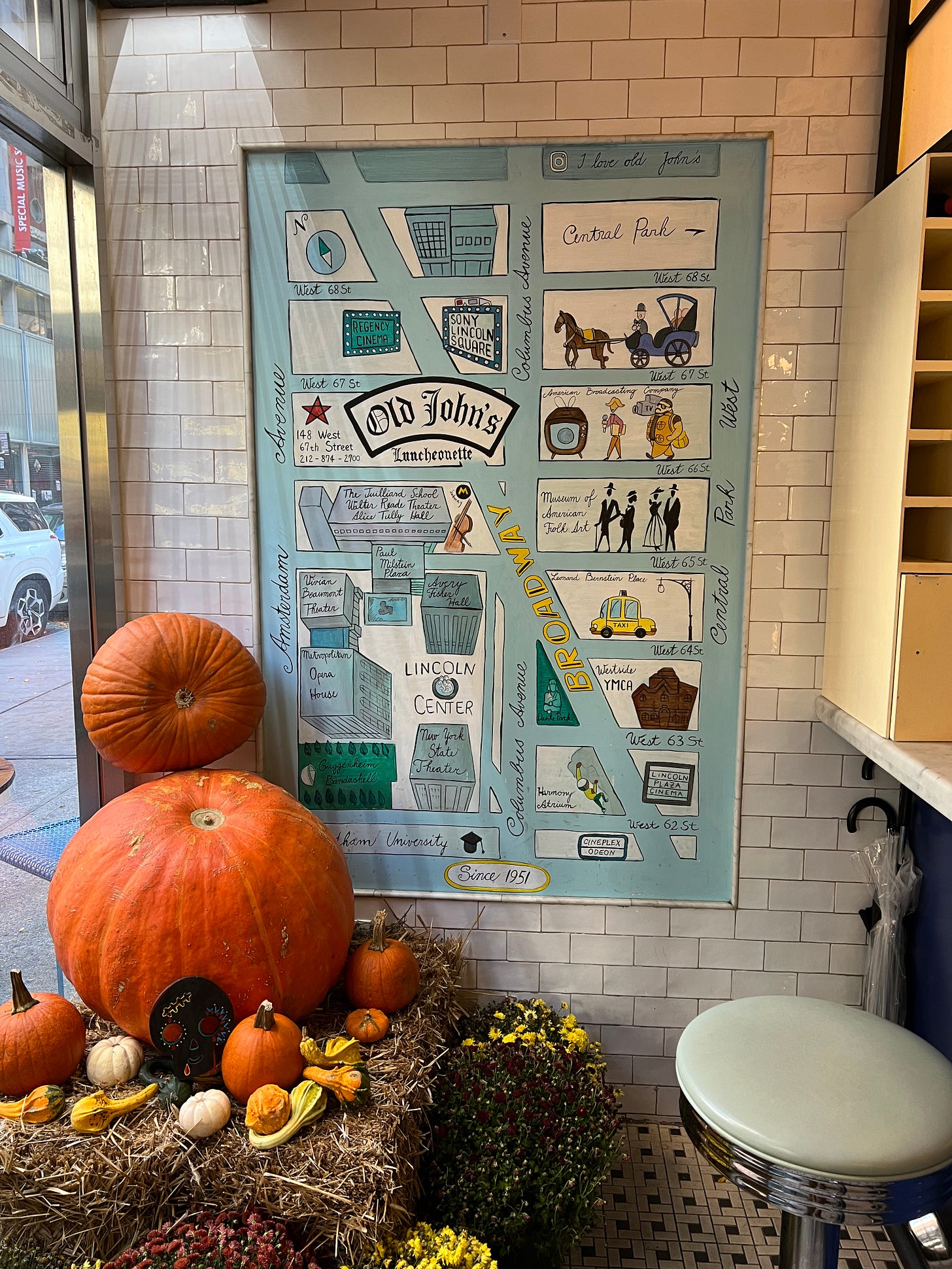
Carrols did it ‘their way’: Burger King buys its biggest franchisee, which began as a local chain almost killed by — Burger King
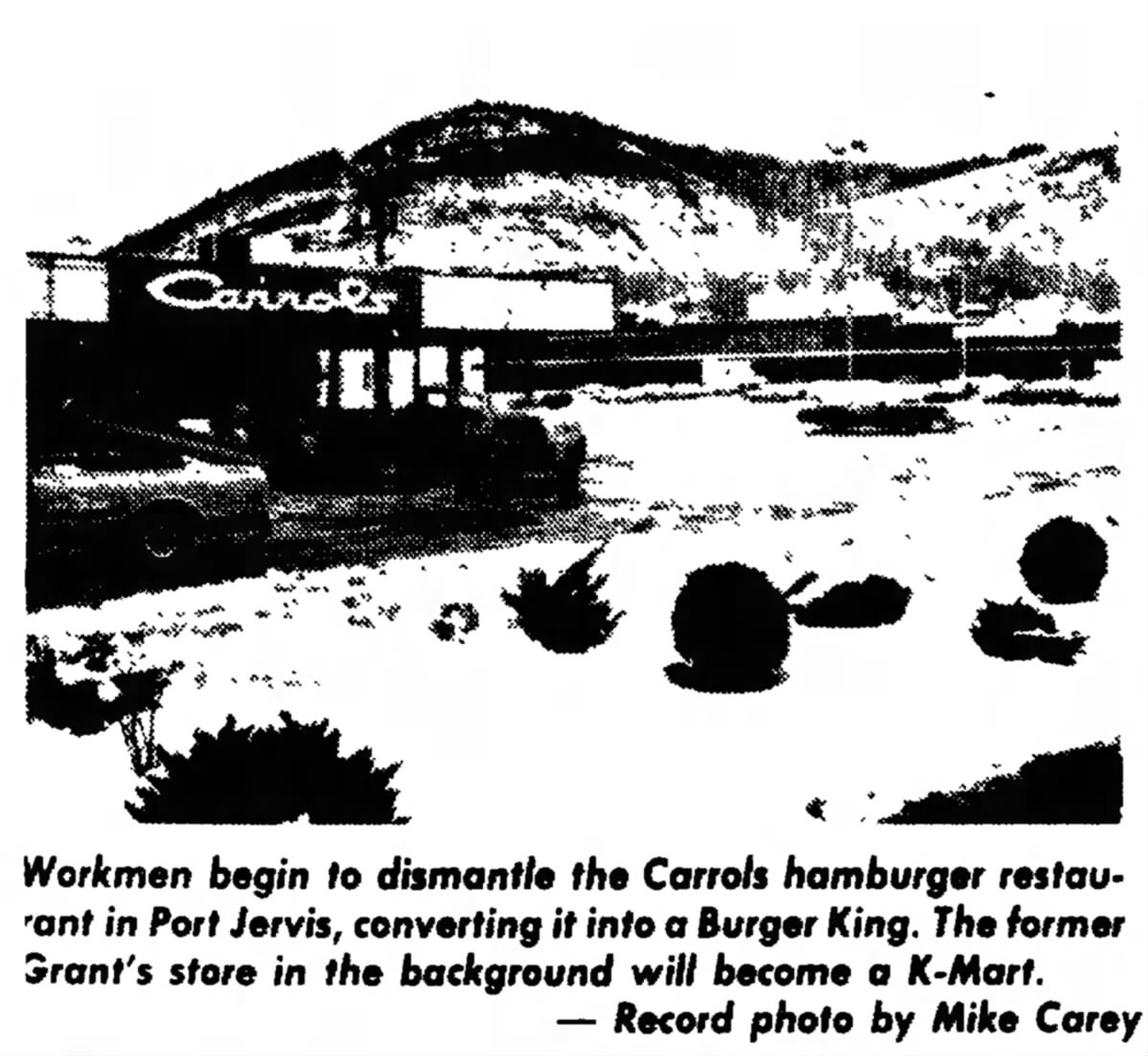
Regional hamburger stands were common at midcentury, and most of them failed when the likes of McDonald’s and Burger King busted beyond their home turf and gobbled up the regional competition. Starting in 1975, Carrols, a regional drive-in burger chain based in New York state, took a different approach when the big chains began to eat their lunch: “if you can’t beat ‘em, join ‘em.”
And so Carrols became the largest franchisee of Burger King, with over 1,000 stores, so big that the parent company of the fast-food giant is now buying out Carrols to take control of their restaurants and, in a way, its own destiny.
Burger King is fixing to boost profits by upgrading its restaurants, and they figured the best way to do that is to cut out the middleman and own more of them outright. Carrols represents about 15% of all domestic BKs, and having that much of the chain under Burger King’s direct control will help speed up the renovations. Restaurant Brands International, the parent company of Burger King, eventually plans to sell off most of the restaurants to new franchisees but keep a few hundred for itself.
Carrols, based in Syracuse, thrived under franchise holder (not founder, as I wrote earlier) Herbert Slotnick and, at one point, numbered well over 100 stores, most in New York state. Carrols could have been a footnote in the fast-food wars, slaughtered in the 1970s like other regional chains like Wetson’s. Instead, it saved itself by becoming a subject — eventually the largest — of Burger King’s rule, and, 49 years later, Carrols rules, selling itself to the chain that once tried to kill it. And, in so doing, playing a role in bolstering Burger King, which has fallen behind in the burger wars, now in third place behind Wendy’s and McDonald’s, and eighth when counted among all fast-food chains, according to QSR.
“We are going to rapidly remodel these restaurants over the next five years or so and put them back into the hands of motivated, local franchisees to create amazing experiences for our guests,” Tom Curtis, president of Burger King U.S. and Canada, said in a statement, according to the AP.
Burger King has been on a renovation tear, seeing rehabs as key to its future growth.
Unlike many restaurant chain overhauls of late, BK’s have been easier on this Retrologist’s eyes, introducing many nostalgic design details, most significantly the retro BK logo, which I was among the first to report on, back in September 2020, months before the redesign became official. It also means older “mansard” units will be closed or rebuilt — until recently, they were fairly common but are now beginning to be felled. I have a nostalgic soft spot for those, of course.
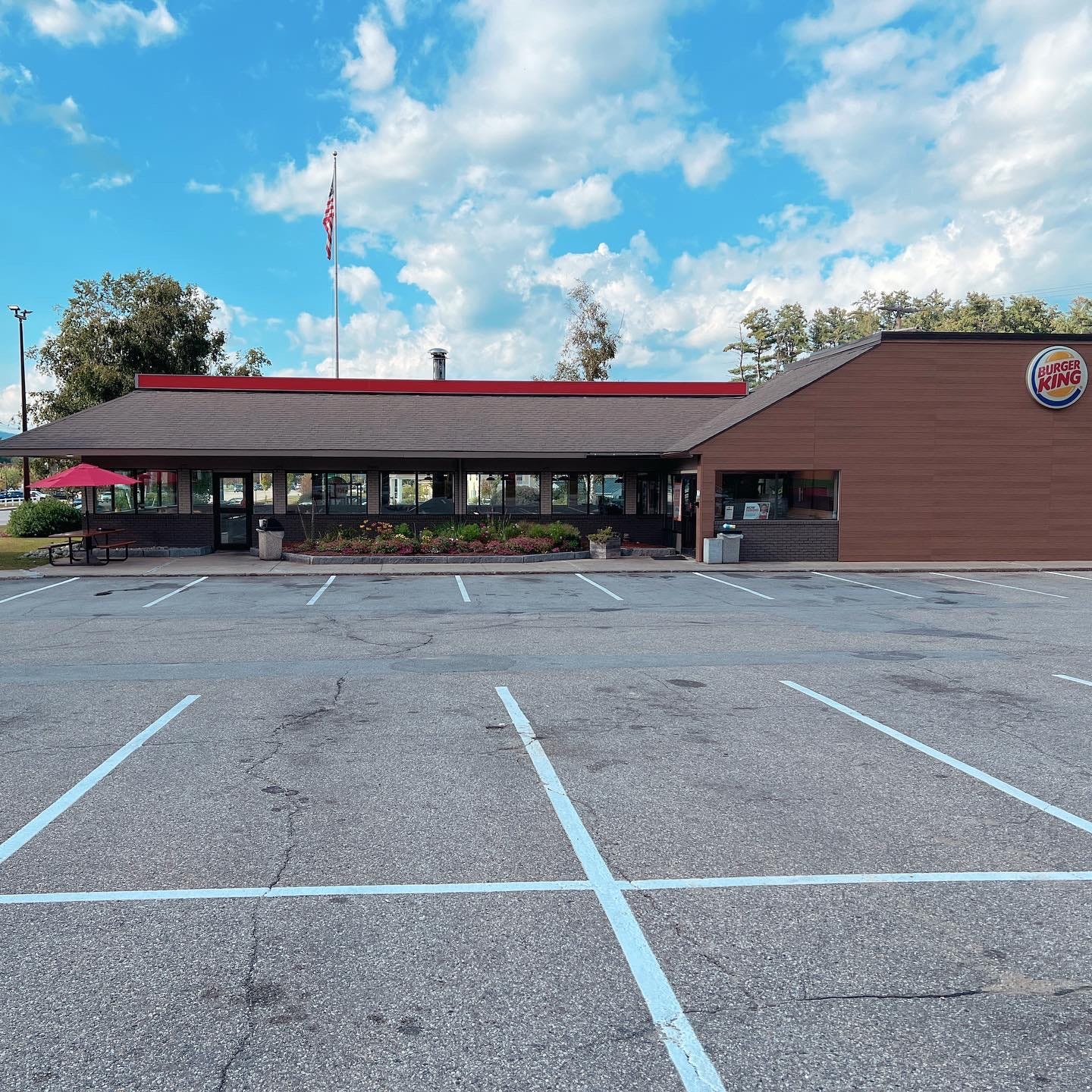
As for Carrols, they may have lost at serving burgers under their own name, but instead of giving up, they gave in to Burger King, becoming a big power behind the throne, and a key to its survival half a century later.
Somewhere out there, Slotnick of Carrols is savoring the last laugh.
Notes From The Road
From Portland today comes news that really shocked me. Fred Meyer, the big grocery (well, hypermarket) chain, has removed its iconic neon sign at the 1950 Burlingame location. The beloved sign will be replaced with an LED replica. I was lucky enough to shoot it back in 2021. In explaining its actions, the company said, according to KGW 8:
"After years refurbishing our iconic Burlingame Fred Meyer sign, we could no longer repair the extensive damage from years of weathering storms while serving as a beacon in the community. The decision to update the vintage sign was made with careful consideration of both its heritage and the need for safety and energy efficiency. The new LED sign will retain the historic look while representing our commitment to sustainability and energy efficiency, aligning with our broader efforts to reduce our environmental footprint. We are grateful for the city's collaboration while we worked to ensure that all necessary permits and design approvals were obtained. We look forward to continuing to serve the community with the same dedication as we have for over 100 years."
Fred Meyer was acquired by Kroger in 1998, which chose to keep the local name, so it could always be worse. Still, this is sad news, though not uncommon. Will there be a day when all our iconic neon signs will be LED replicas? As much as LED technology keeps improving, I hope the answer is no.
It always hurts to see another part of old Las Vegas disappear, and this is a big one. The Tropicana, the first hotel I ever stayed at in Vegas, is closing, will be demolished and will be replaced with an MLB stadium, the new home of the Oakland Athletics.
Historic Wigwam Village No. 2 — one of seven Wigwam Village motor courts that opened in the 1930s and 1940s — is set to reopen in Cave City, Kentucky, after a renovation. The two other remaining locations are in Holbrook, Arizona, and Rialto, California.
The New York Times on how preservationists are trying to save historic house interiors from gutting on Nantucket. Per the Times:
Behind the picture-perfect exteriors, though, a steady erosion of history has been underway for years, preservationists say, as ultrawealthy newcomers have remade the interiors of antique houses, wiping out centuries-old walls, staircases, fireplaces, doors and windows.
A cash-strapped congregation on Manhattan’s Upper West Side had been trying to remove landmark protection of its building so it can sell the imposing Romanesque Revival West Park Presbyterian Church to a developer, who would demolish this 19th century house of worship to build luxury condos, reports the West Side Rag. The church would carry on, but now flush with money to serve people in need, reports the New York Times. It has long insisted it lacks the funds to maintain the ornate stone structure. But the church’s “hardship application” to the NYC Landmarks Preservation Commission was withdrawn just days before the commission was set to examine the request. Rest assured, this is not the end of a story that showcases a curious aspect of landmarking — when the landmarked party doesn’t want it. Make sure you read the comment section in the linked article, which includes words from actor Mark Ruffalo, who is among the famous (and not so famous) New Yorkers who are trying to save the structure, envisioning a happier outcome for the landmarked but still endangered building.
A sad fate befell this church in New London, Connecticut, whose tragic collapse was caught on video.
A battle is afoot to save a recently closed Berkeley theater, but the odds are long.
In Florida, a historic theater’s facade will be preserved as it becomes a pizza restaurant.
The Bow Tie Warner Theater in Ridgewood, New Jersey, recently closed, but it may not be the last picture show. See photos of the theater through the years.
A Pennsylvania Jewish deli is fighting to save its neon sign. Opened last year to evoke the spirit of the Jewish Catskills of yore, the restaurant is called The Borscht Belt, and the neon sign in the window says just that. Well, somebody complained — of course somebody complained — and the zoning board says it’s lights out for the sign because such signage is a Newtown Township no-no. The deli fought back on Jan. 4 in an emotional hearing, and a decision will be issued in February. The deli’s Facebook has more.

In 1996, the late artist Kelby Love created a striking mural in downtown Elkhart, Indiana, representing a bold call for peace after a painful stretch of gun-related bloodshed. The mural is attached to a row of city-owned buildings that has been determined to be structurally unsafe, and the mural will be tragically demolished along with them. The city says saving the mural was impossible but that it has taken “high-quality images” of the work to paint a new version elsewhere.
America, there’s another fun piece of roadside America waiting for you and it’s brand new, though it took seven years to finish. Salt Lake City has picked an 18-foot apricot for your streetside enjoyment, a nod to the history of the Marmalade District. It’s a real peach, at least, that’s what people say it looks like, KSL reports.
Everyone’s wild for New Haven-style pizza — and it’s hard not to be. But the New York Times asks if this cultural obsession might spoil a good thing.
The wonderful East Village Ukrainian restaurant Veselka is celebrating its 70th anniversary this year. The restaurant keeps expanding, too, recently opening a Grand Central Terminal location, with Brooklyn up next.
My reporting on Pizza Hut Classics keeps getting attention, with a great article recently in the Houston Chronicle. Thanks to tips from readers, my Pizza Hut Classic list keeps growing. Check out the latest updates below:
The Retrologist's Guide to Pizza Hut Classics
·In 2019, Pizza Hut brought back its 1974 logo, banking on its nostalgic appeal. I figured that would be the end of it, just a simple marketing tactic soon forgotten. There were no plans announced to bring back the logo in stores, much less redesign the restaurants to look like old Pizza Huts from the chain’s heyday.





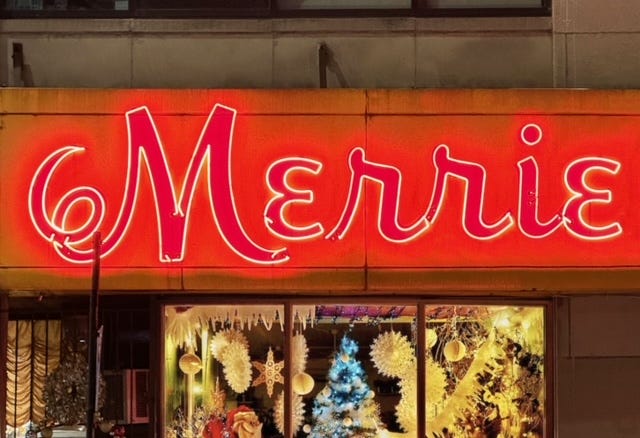
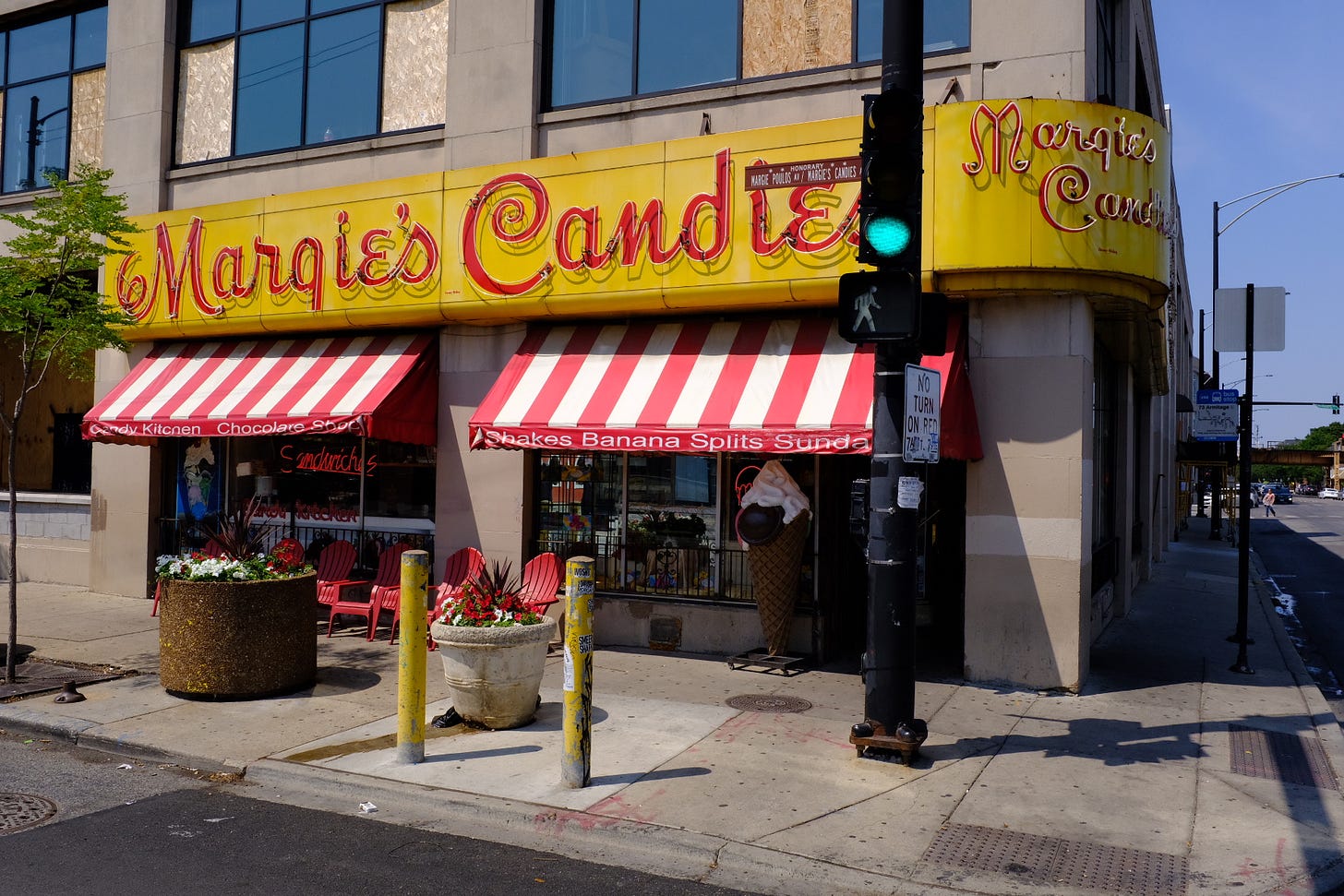
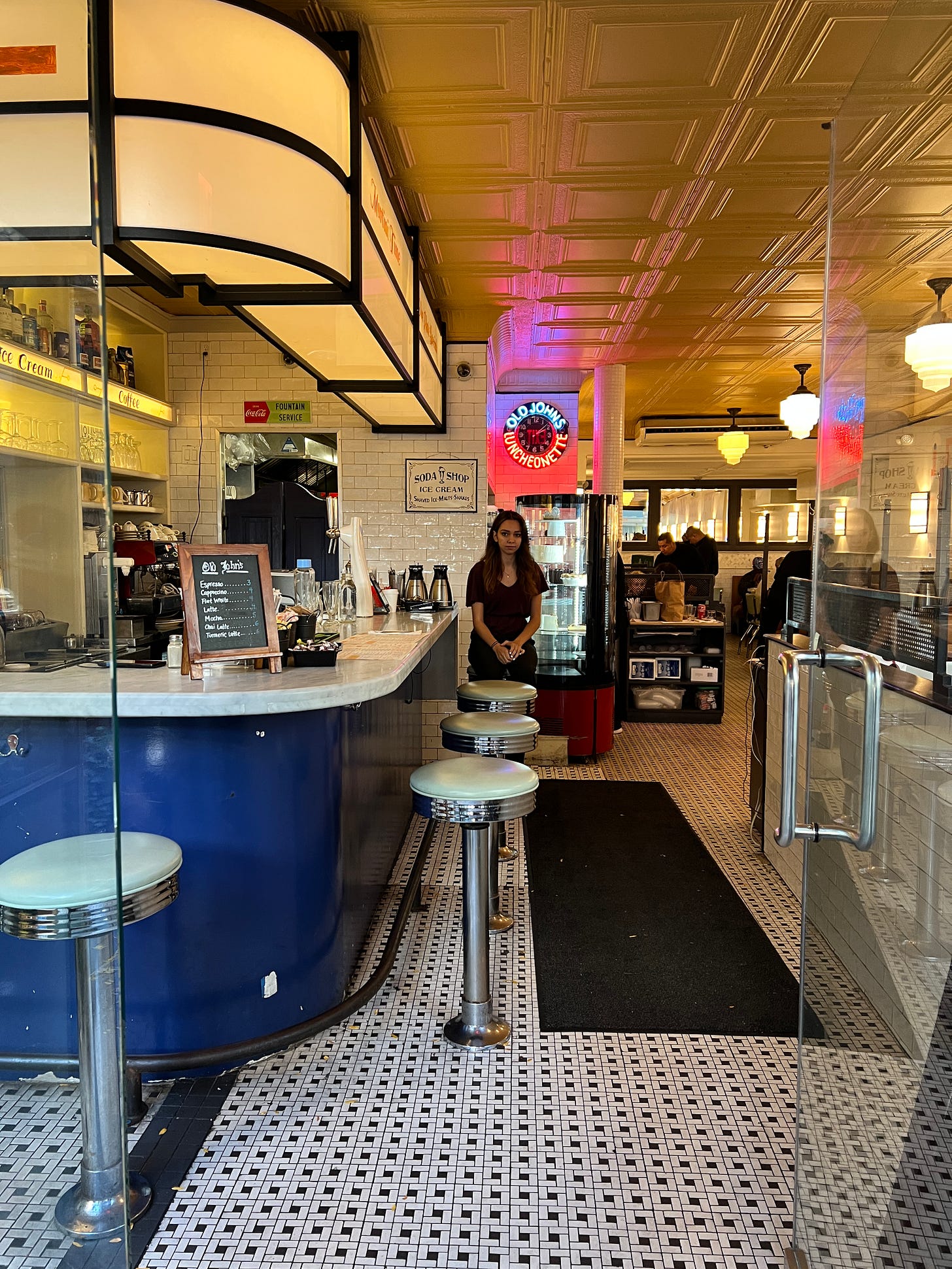
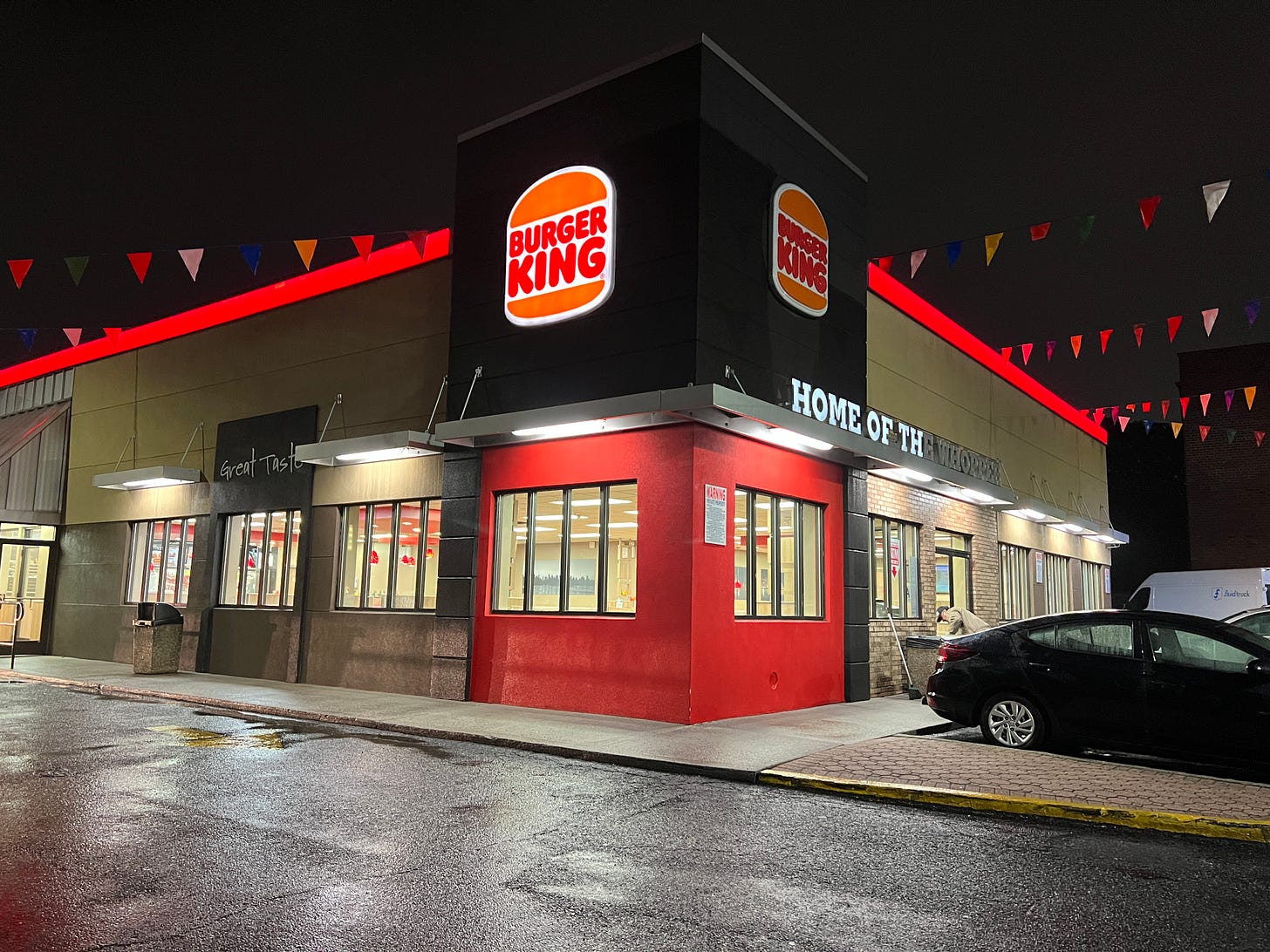
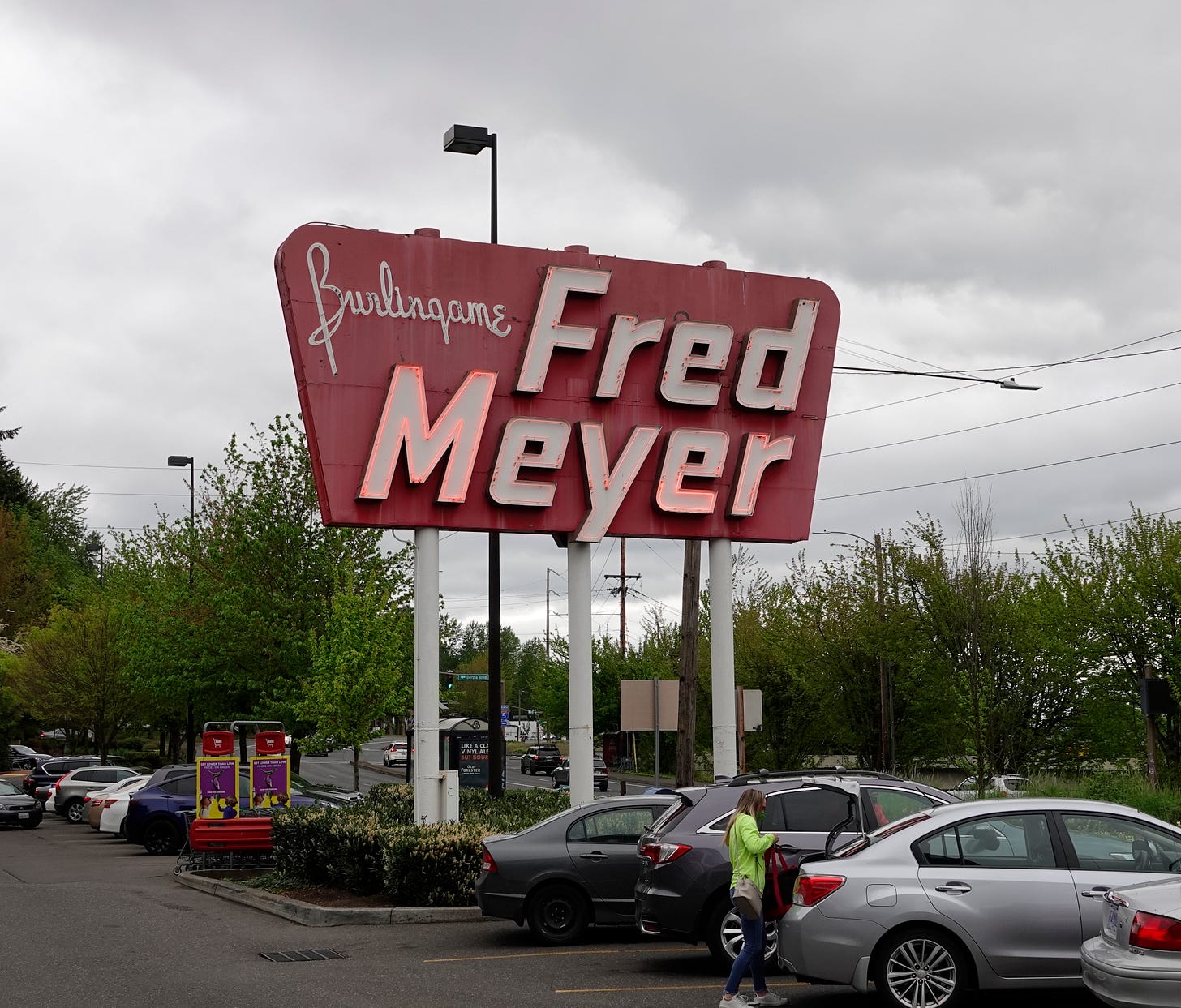


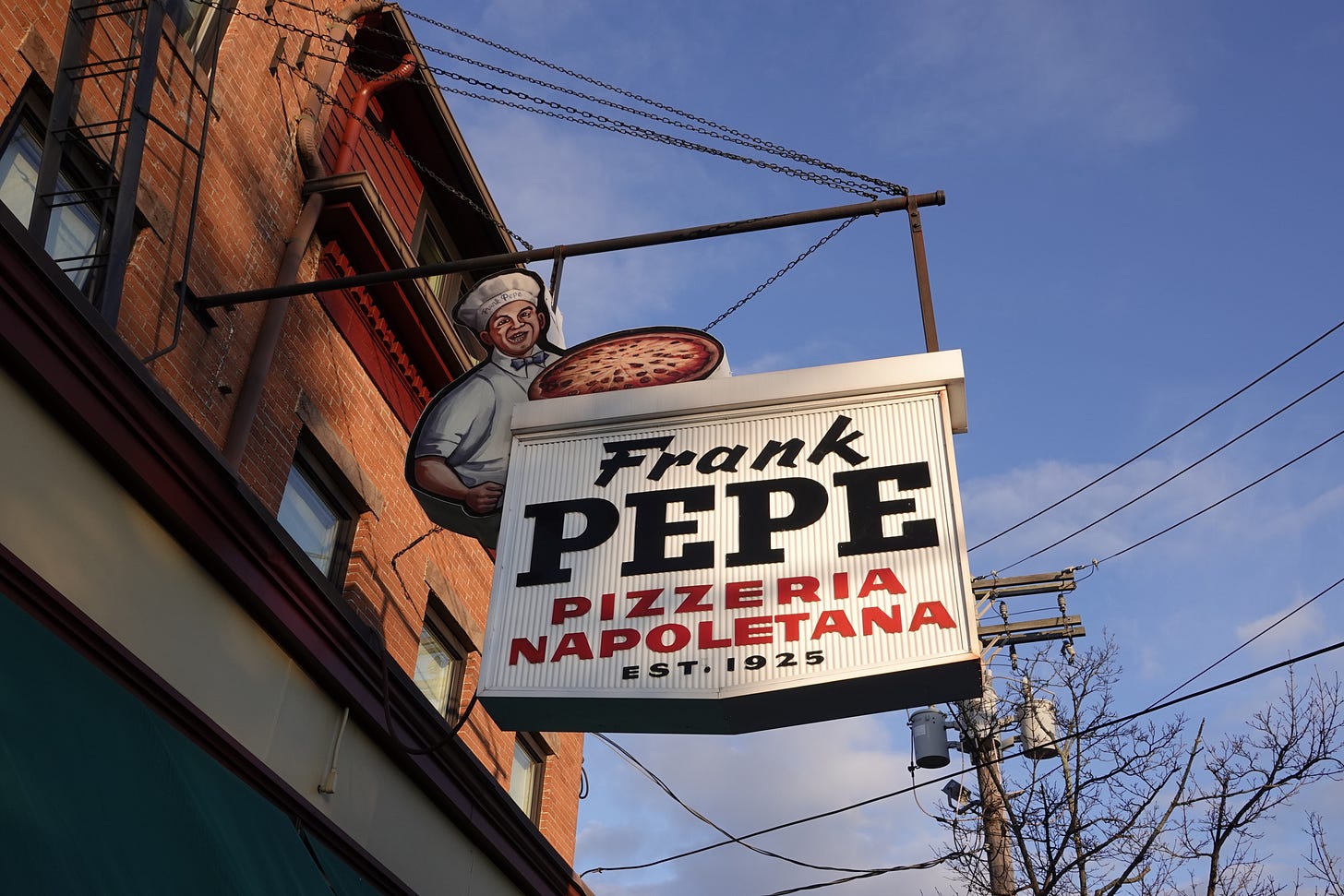
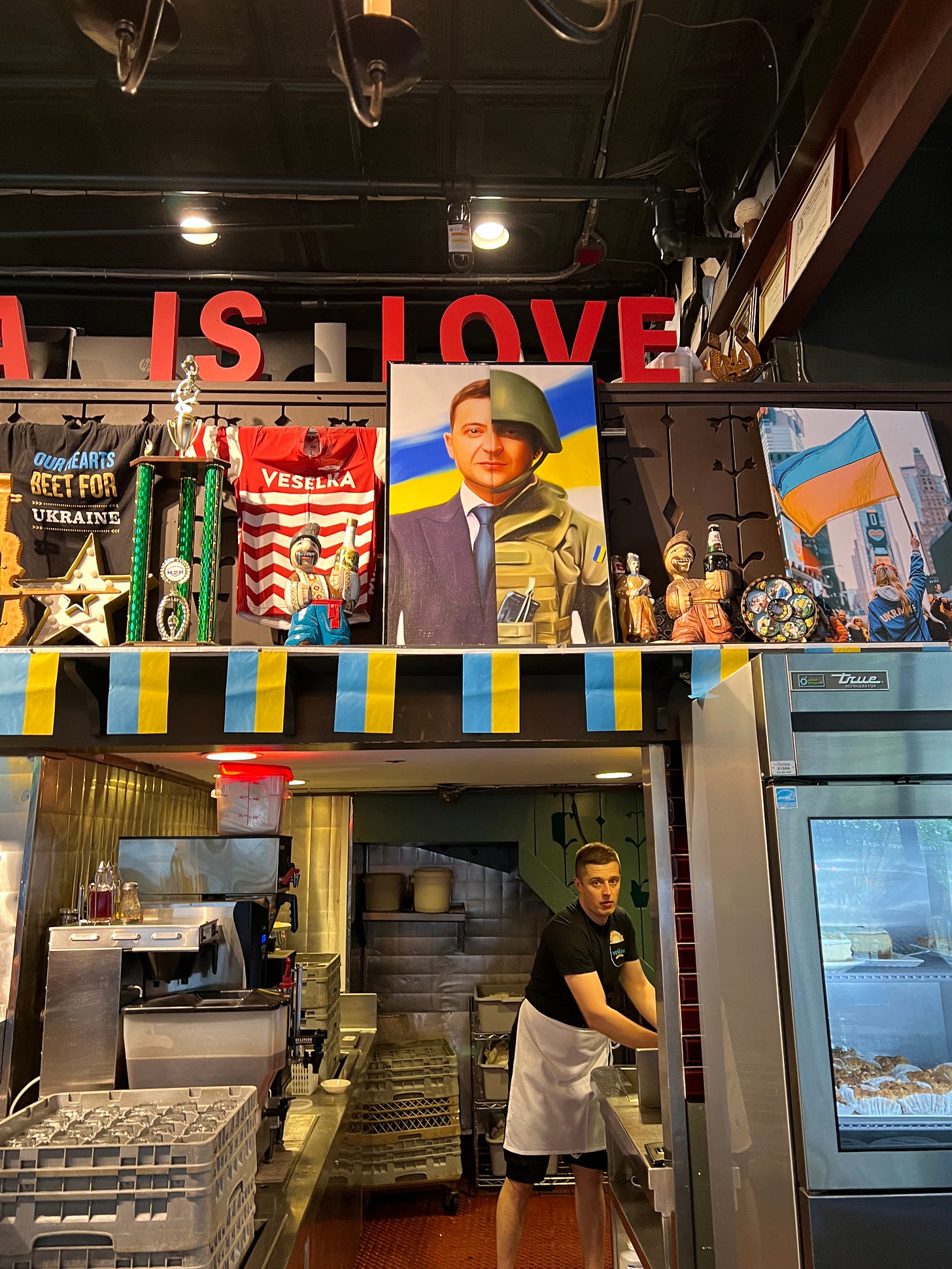

I haven't been to NYC since ... my God, has it really been since the late 70s?!? ... but I have to get back there to visit these diners and other cool places.